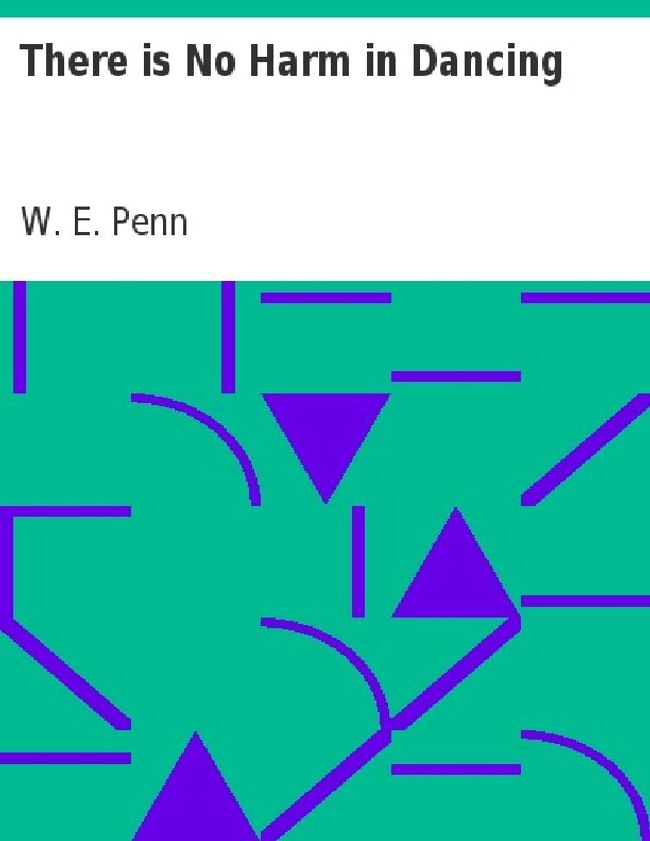举报滥用
公开
There is No Harm in Dancing
W. E Penn
PD-US
The basic premise in this antidance treatise is typical of this genre of dance literature; namely, dance is bad for the health and is a waste of money. The author utilizes a novel approach and uses trees as metaphors to support his arguments. Some trees are "not comely to look upon, but the fruit very good." Other trees have dangerous fruit, and the author concludes that samples of the fruit found on the tree of dancing include "pride, lasciviousness, lying, drunkenness, embezzlement, fornication, cruelty, idolatry, prostitution, abortion, and assassination." The manual was reissued in 1886 as The upas tree.
